Your Brain on Real Connection vs. Social Media: What Happens When We Connect Face-to-Face
- Ute Lorch
- Jun 15
- 4 min read
Updated: Dec 8
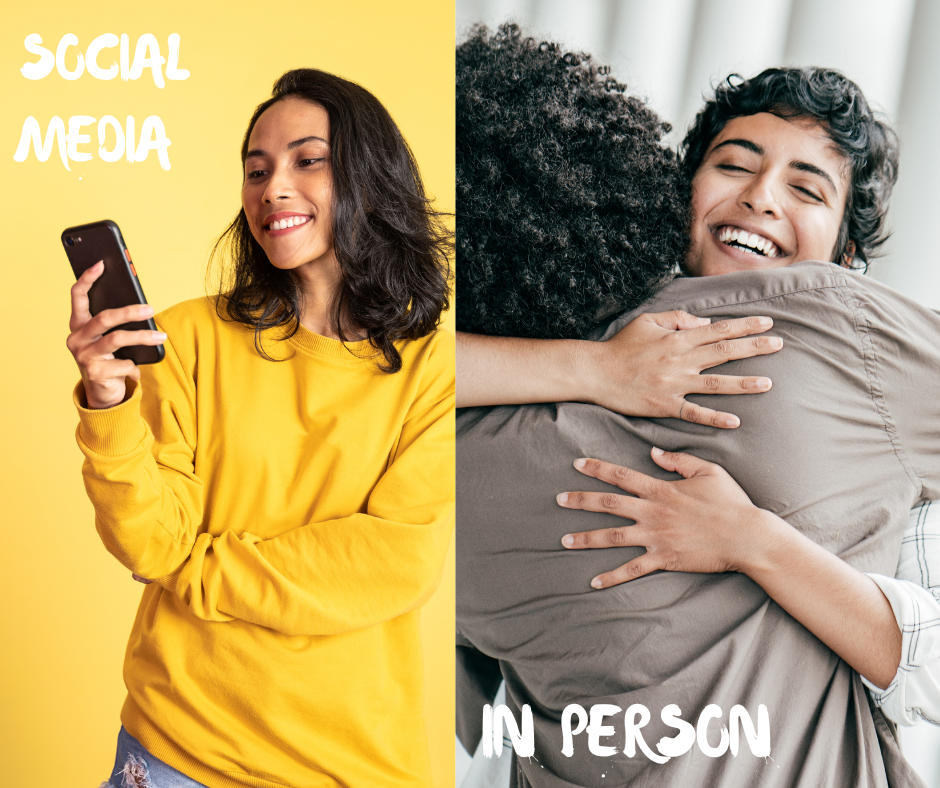
We live in the most connected time in human history—yet more people report feeling lonely, anxious, and emotionally disconnected than ever before. The difference? Not all connection is created equal.
Here’s a look at what happens inside your brain and body when you connect in person versus through a screen—and why face-to-face connection is still essential for your nervous system, relationships, and overall wellbeing.
In-Person Connection: How It Regulates the Brain and Body
When we share space with someone—through a hug, eye contact, or shared laughter—our nervous systems begin to co-regulate. This means our heart rates, breathing, and even emotional states start to synchronize (Feldman, 2012). Co-regulation is the biological foundation of safety and trust.
In-person connection activates:
Oxytocin release – Known as the “bonding hormone,” oxytocin promotes feelings of safety, belonging, and relaxation (Carter, 2014).
Mirror neurons – These brain cells help us empathize and emotionally attune to others (Rizzolatti & Craighero, 2004).
Heart-rate coherence – Studies show that heart rhythms can synchronize between people during eye contact or shared emotions (McCraty et al., 2009).
Cortisol reduction – Touch, laughter, and face-to-face interaction lower stress hormones (Heinrichs et al., 2003).
These processes are not optional—they’re evolutionary necessities. Human survival depended on social bonds, which regulate our physiology and buffer against stress.
Conclusion: Real-world connection doesn’t just feel good—it stabilizes your nervous system, enhances emotional resilience, and supports long-term wellbeing.
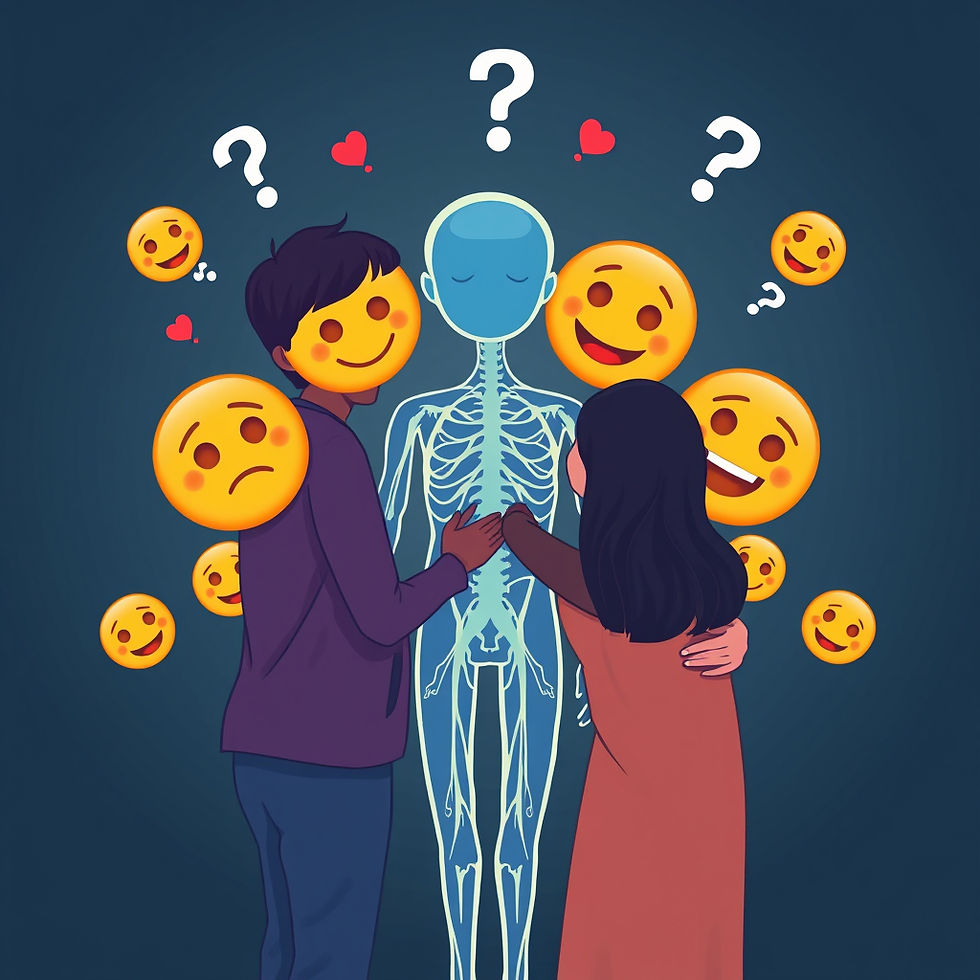
Social Media: Simulated Connection, Incomplete Satisfaction
Digital communication keeps us “in touch,” but it engages a different set of neural pathways. Online interactions primarily trigger dopamine-based reward systems, which drive short-term pleasure but not lasting fulfillment (Kuss & Griffiths, 2017).
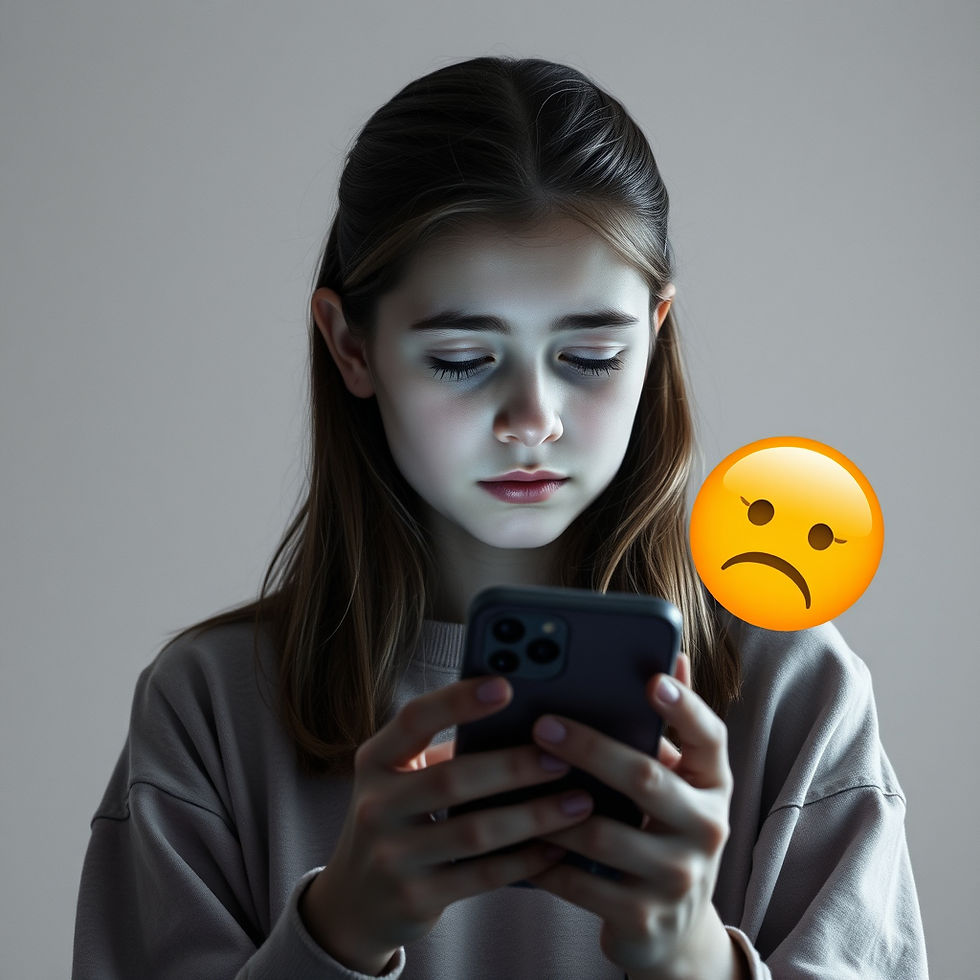
Social media can lead to:
Short dopamine bursts – from likes, notifications, and comments (Turel et al., 2018)
Increased social comparison and FOMO – linked to anxiety and lower self-esteem (Twenge et al., 2018)
Addictive feedback loops – engineered to maximize screen time (Montag et al., 2019)
Reduced emotional nuance – without body language and tone, empathy decreases (Konrath et al., 2011)
While digital tools can supplement relationships, they can’t replace the full sensory, emotional, and physiological feedback that real-life connection provides.
Conclusion: Online contact can mimic closeness—but often leaves us overstimulated, disconnected, and longing for more.
Your Nervous System Needs Real People
Your body can’t be tricked. It knows the difference between:
A hug and an emoji
Eye contact and a video call
A conversation and a comment thread
To feel truly seen, soothed, and safe, your nervous system needs real-world cues—voice tone, facial expression, body language, and proximity. True safety and belonging come from real-world cues—voice tone, touch, body language, and proximity—all of which activate your ventral vagal system, responsible for social engagement and calm (Porges, 2011).
🔄 Balance Is Key: Use Tech to Support, Not Replace, Connection
We don’t have to throw out social media—but we do need to be aware of what our brain and body actually crave:
Face-to-face time with emotionally safe people
Laughter, movement, and shared presence
Meaningful eye contact and real conversation
Even five minutes of authentic in-person interaction can reduce stress and restore nervous system balance (Keltner, 2016) what hours of online presence can’t.
Try This:
Text a friend → then schedule a walk or coffee
Turn off notifications for an afternoon
At your next gathering, put your phone face down and focus on presence
Prioritise presence over perfection in your relationships
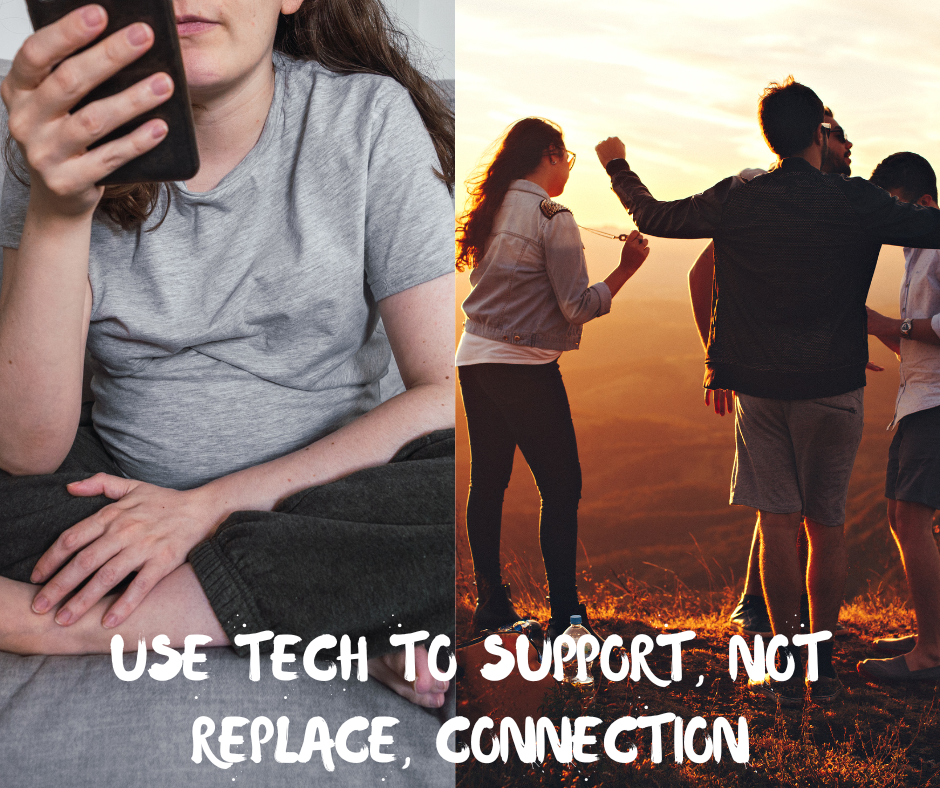
Your Mind and Body Will Thank You
Connection isn’t just a nice-to-have—it’s biological nourishment. We are wired for connection!!
Prioritise real-world interaction, and watch how your stress, clarity, and joy shift.
References
Carter, C. S. (2014). Oxytocin pathways and the evolution of human behavior. Annual Review of Psychology.
Feldman, R. (2012). Oxytocin and social affiliation in humans. Hormones and Behavior.
Heinrichs, M. et al. (2003). Social support and oxytocin interact to suppress cortisol and subjective responses to stress. Biological Psychiatry.
Kuss, D. J., & Griffiths, M. D. (2017). Social networking sites and addiction: Ten lessons learned. International Journal of Environmental Research and Public Health.
McCraty, R. et al. (2009). Coherent heart rhythms and synchronization between individuals. Journal of Alternative and Complementary Medicine.
Montag, C. et al. (2019). Digital phenotyping and the social dilemma of online behavior. Frontiers in Psychology.
Porges, S. W. (2011). The Polyvagal Theory: Neurophysiological Foundations of Emotions, Attachment, Communication, and Self-regulation.
Rizzolatti, G., & Craighero, L. (2004). The mirror-neuron system. Annual Review of Neuroscience.
Twenge, J. M. et al. (2018). Increases in depression and suicide among adolescents. Journal of Abnormal Psychology.
Konrath, S. et al. (2011). Changes in dispositional empathy over time in American college students. Personality and Social Psychology Review.
Turel, O. et al. (2018). Explanations for social media addiction. Human Behavior and Emerging Technologies.
Keltner, D. (2016). The Power Paradox: How We Gain and Lose Influence.
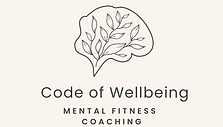



Comments